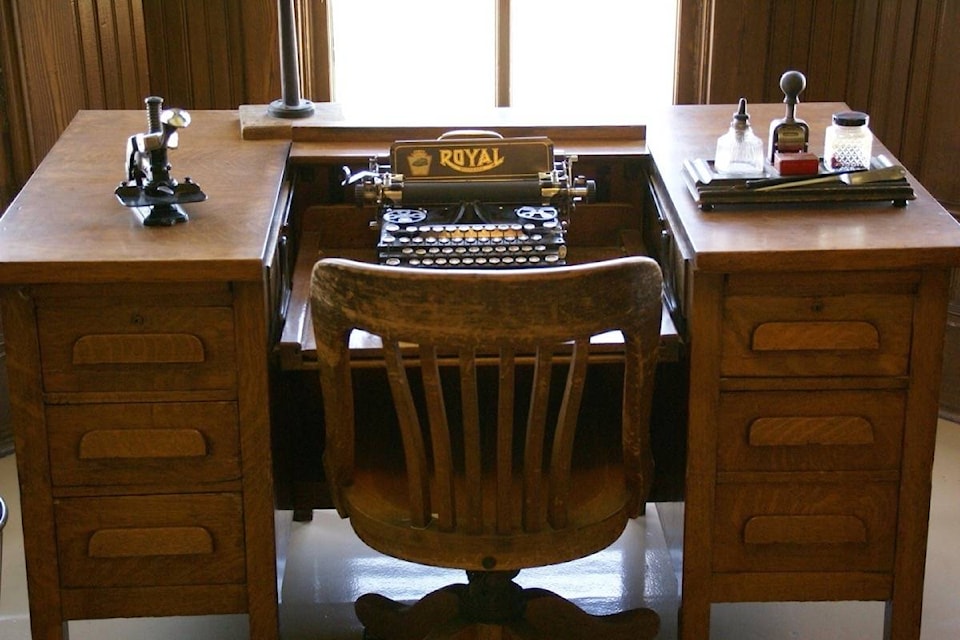It’s a piece of serendipity that in the issue of the Journal that commemorates the paper’s 125th anniversary there is an article about how the Royal BC Museum is seeking input from British Columbians about their COVID-19 pandemic experiences, so that they can form a part of the museum’s permanent display for future generations.
As the piece notes, we are all taking part in history, every day of our lives, although seldom so obviously as a time like now. The 2020 coronavirus pandemic will almost certainly be one for the history books, read and studied by those who come after us. It’s good that the museum is reaching out now, inviting people to submit their memories, experiences, and photographs, so that they do not get lost.
I thought of this the other day, as I was searching out pictures to accompany the various articles in this week’s paper about the Journal and its long past. (Here I must give a shout-out to my colleague Evan Fentiman at the 100 Mile Free Press, who is responsible for the splendid look and layout of the special supplement this week; thank you, Evan!) For a paper that has been around for 125 years, and operating out of the same building for 121 of those years, there are relatively few pictures (for most of its history) of the building and those who have worked there.
For example, while we have written records of some of the printing press equipment that was housed in the Journal building over the years, and used to print the paper and other materials such as posters, no photos of any of the equipment, or the back room where it was located, ever seem to have been taken (if they were, they have not survived, or made their way to the Ashcroft Museum). I can get up from my desk and walk into the back room and see where they were, as well as evidence such as the wax marks on the floor and the slanted layout tables where the paper was put together, but I have to use my imagination to picture the space as it would have been in the days when the newspaper was printed there.
And really, why should there be any pictures? The people who used the machines and worked in the office did not think of themselves as being a part of history; they were simply coming to work every day, doubtless grumbling about it as they did so. They would have seen no reason to take any pictures of the space, just as I have not taken any pictures of what my office there now looks like, for the edification of anyone after me who is interested.
Despite this lack of pictorial evidence, the Journal is still here, publishing every week as it has done for 125 years, and those back issues provide an insight into the rich history of this region. The paper has documented big stories (the Great Fire which started on July 5, 1916; the Elephant Hill wildfire which started on July 6, 2017) from the region, but has mostly covered the small stories that create the tapestry of the lives of the people here; the stories that would not be covered anywhere else, but which cumulatively demonstrate why we live here.
They are intensely local stories, from Ashcroft and Cache Creek and Clinton and the area, stories featuring people we know, places we love, things we’re interested in. They might not make history, but they are history, as even the most cursory look through back issues of the paper show. People and stories and events that might otherwise be forgotten are captured for posterity, a snapshot of those who came before us and what they did.
I’d like to think that the Journal will be here in another 125 years, but of that I can’t be certain. Thank you to all those who have played a part in keeping the paper here for so long, and who continue to support it, to ensure it is here for years to come.
editorial@accjournal.ca
Like us on Facebook and follow us on Twitter
